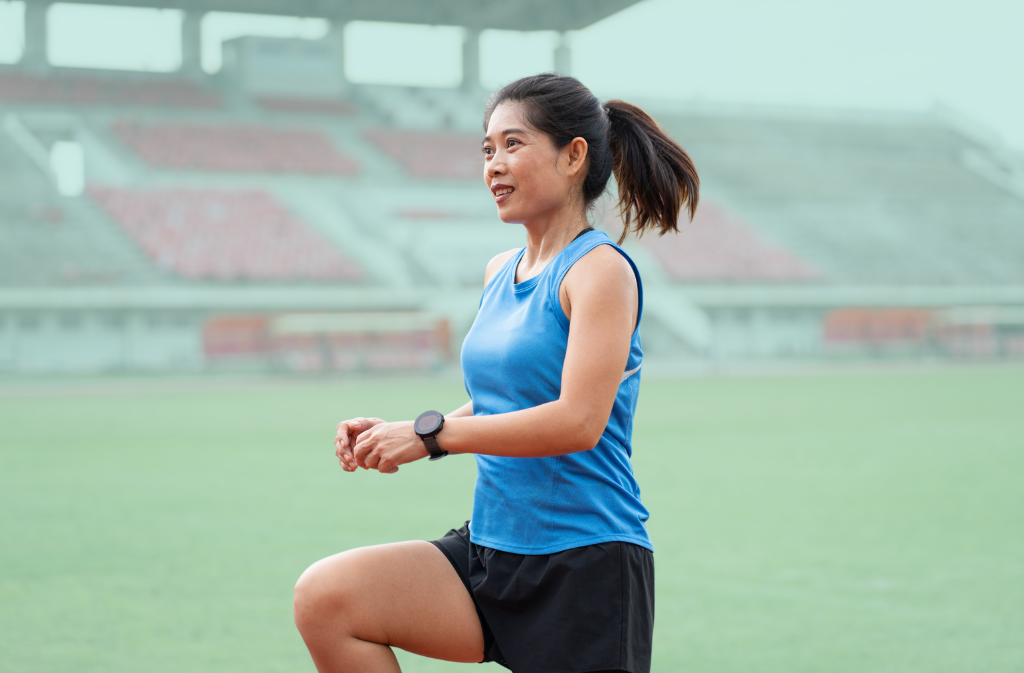The summer season brings longer days, warmer weather, and plenty of opportunities for outdoor activities. However, for women experiencing menopause, exercising in the heat presents unique challenges. Hot flushes combined with summer temperatures can make working out feel daunting, but with the right approach, you can maintain an active lifestyle that supports your changing body.
Understanding Exercise During Menopause
During menopause, regular physical activity becomes increasingly important for maintaining bone density, managing weight, and supporting cardiovascular health. Exercise can also help alleviate common menopausal symptoms such as mood swings, sleep disturbances, and anxiety. The key is finding the right balance and timing for your workouts.
Timing Your Workouts Wisely
Summer heat combined with menopausal hot flushes requires strategic planning:
- Schedule outdoor activities for early morning or evening hours
- Take advantage of the longer daylight hours for gentle evening walks
- Allow for flexibility in your routine based on your body’s signals
- Plan indoor alternatives for particularly hot days
Best Types of Summer Exercise During Menopause
Water-Based Activities
Swimming and water aerobics offer multiple benefits:
- Natural cooling effect
- Low-impact on joints
- Resistance training without heavy weights
- Social interaction opportunities
- Reduced risk of overheating
Gentle Morning Yoga
Starting your day with yoga can help:
- Improve flexibility and balance
- Reduce stress and anxiety
- Manage hot flushes through breathing techniques
- Build bone strength through weight-bearing poses
- Create a mindful start to your day
Walking and Nature Activities
Consider these outdoor options:
- Beach walks (with the cooling effect of sea breeze)
- Forest trails under tree cover
- Garden walking meditation
- Nordic walking for full-body engagement
Staying Safe and Comfortable
Hydration Strategies
Proper hydration becomes even more crucial during menopause:
- Drink water before feeling thirsty
- Include electrolyte-rich beverages
- Monitor urine color as a hydration indicator
- Keep water easily accessible during all activities
Cooling Techniques
Implement these strategies to prevent overheating:
- Wear moisture-wicking, loose-fitting clothing
- Use cooling towels around your neck
- Exercise near fans or in well-ventilated areas
- Take regular breaks in shaded areas
Making It Social
The holiday season offers unique opportunities for group activities as friends and family are all taking time off from work:
- Join a morning walking group
- Participate in outdoor yoga classes
- Engage in community garden programs
- Take part in swimming clubs
Listening to Your Body
Remember that menopause affects each woman differently. Pay attention to:
- Energy levels throughout the day
- Hot flush patterns and triggers
- Joint comfort and flexibility
- Recovery needs between workouts
References
Stojanovska L, Apostolopoulos V, et al. To exercise, or not to exercise, during menopause and beyond. Maturitas. 2014;77(4):318-323.
Daley AJ, Thomas A, et al. The effectiveness of exercise as treatment for vasomotor menopausal symptoms: randomised controlled trial. BJOG. 2015;122(4):565-575.
Sternfeld B, Dugan S. Physical Activity and Health During the Menopausal Transition. Obstet Gynecol Clin North Am. 2011;38(3):537-566.
Bailey TG, Cable NT, et al. Exercise training reduces the frequency of menopausal hot flushes by improving thermoregulatory control. Menopause. 2016;23(7):708-718.


